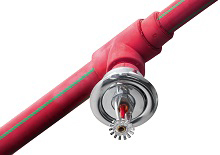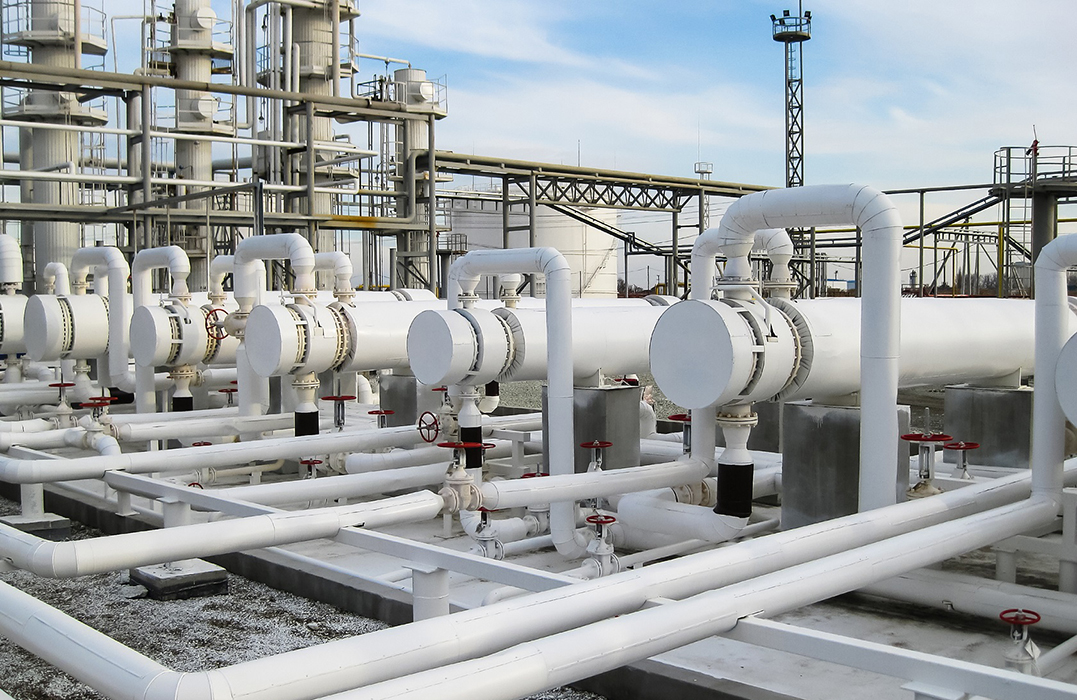Business News: Is there an easy way to prevent corrosion inside void spaces of idle equipment or permanent structures? This is a major need, primarily in the oil and gas industry but also in any industry that deals with metal tanks, piping, boilers, heat
exchangers, hollow metal structures, or even hard-to-reach areas between the layers of metal coils. Fortunately, Cortec® has developed VpCI®-337, a time-tested alternative to nitrogen blanketing for easy, effective corrosion protection of void spaces.

The Challenges of Nitrogen Purge
Nitrogen purge or nitrogen blanketing is commonly used to protect metal void spaces from corrosion by replacing the oxygen with nitrogen gas. However, there are three challenges to the success and efficiency of this method. First of all, nitrogen gas is expensive, raising a cost barrier especially where large spaces are concerned. The second challenge is that nitrogen requires constant pressure with an airtight seal. This necessitates regular monitoring and complete reapplication if a leak does occur. Third, leaks also pose a safety hazard for personnel who unknowingly enter an area where the deadly gas has settled and may be overcome in moments.
The Advantages of VpCI®-337

Sprinkler heads sprayers of fire extinguishing systems 
Fire sprinkler on red pipe
By contrast, VpCI®-337 is much safer, cost-effective, and easy to apply and maintain. VpCI®-337 is a waterborne Vapor phase Corrosion Inhibitor that can be applied by fogging into metal void spaces. This labor-saving technique uses a minimum of product to protect large areas or volumes. Vapor phase Corrosion Inhibitors in the fogging fluid diffuse throughout the void and are attracted to metal surfaces where they “condense” and form a protective molecular layer. This layer inhibits the corrosion reaction on the metal surfaces even in the presence of oxygen and residual moisture. The space must be completely closed for the corrosion inhibitors to be effective, but an air-tight seal is not required as for nitrogen purge. At the end of the preservation period, there is usually no need to remove the VpCI® layer—although this is easily done if needed.
VpCI®-337 Scope of Use

Another advantage of VpCI®-337 is its versatility. VpCI®-337 can provide corrosion protection for everything from massive heat recovery steam generators to small crates of metal parts. The following are real-life examples of how VpCI®-337 has been used:
Internal preservation of pig receivers enroute from construction yard to offshore installation site
- One-year protection of aboveground storage tank (AST) internals at a sulfur recovery plant
- Preservation of spare heat-exchanger tube bundles (in conjunction with VpCI®-132 and MilCorr® VpCI® Shrink Film) previously stored in nitrogen-pressurized canisters
- Temporary protection of fuel tanks in retired aircraft stored outdoors during museum renovation
- Transit protection of automotive frames shipped inside sea containers (VpCI®-337 fogged inside VpCI®-126 Film covered skids)
- Protective packaging element used for shipment of horizontally-opposed piston aircraft engines
VpCI®-337 is also an excellent option for manufacturer edge treatment of coils, fogging of oil drilling risers, internal protection of metal tubular structures, and much more.








